BLOG
Categories
Funding Options for In-Home Support Services for Adoptive Families: Comprehensive Guide
Overview of In-Home Support Services for Adoptive Families
In-home support services are crucial for families who adopt, offering the needed assistance for smooth transitions.
These services can include financial help, medical resources, and educational support for adopted children and their families.
Definition and Importance of In-Home Support
In-home support services refer to various types of aid provided to families who have adopted children, especially those from foster care.
This support often includes financial assistance, counseling, and medical care.
These services play a significant role in ensuring that adoptive families have the resources they need to meet the unique challenges of adoption.
You benefit directly from services that help with everyday challenges such as managing school or medical appointments and addressing any special needs the child might have.
The importance lies in helping both the child and family adjust. Without such support, families might struggle with the demands of adopting, which can affect the child's well-being and the family’s stability.
Roles of Child Welfare Agencies
Child welfare agencies play a significant role in providing in-home support services.
These agencies are responsible for assessing family needs and coordinating the provision of appropriate resources.
They help organize assistance such as monthly stipends, Medicaid, and therapy for adopted children.
Furthermore, agencies ensure that services are tailored to meet the specific needs of each family.
You can expect these agencies to offer comprehensive resources that address both immediate and long-term needs.
Offering guidance and connecting families with local services is a key part of their role, ensuring that adoptive parents are never alone in their journey.
Their involvement can make a transformative difference by offering structured support pathways for every family.
Eligibility and Access to Adoption Support
Navigating adoption support services requires understanding key eligibility criteria and Title IV-E and IV-B provisions of the Social Security Act. These elements are crucial for accessing financial and support benefits for adoptive families.
Determining Eligibility Criteria
Eligibility for adoption support largely depends on the child's status and needs. Children with special needs often qualify for more assistance.
Key factors used to determine eligibility include age, health conditions, and whether the child is part of a sibling group.
Adoptive families may need to demonstrate limited income or financial need to access certain support services.
Medicaid and adoption subsidies are often linked, providing healthcare and financial relief to eligible families.
Subsidized guardianship programs may also be available, offering support to relatives who adopt.
These programs aim to ensure that children find permanent, loving homes while addressing their specific needs.
Understanding Title IV-E and IV-B Provisions
Title IV-E of the Social Security Act focuses on funding and assistance for children coming from foster care, emphasizing those with special needs.
As an adoptive parent, you may access financial assistance if the child qualifies under these provisions.
Title IV-B supports child welfare services, aiming to protect and promote the well-being of children.
This provision allows for family preservation and support services, helping families create safe, stable home environments.
To receive benefits, ensure your child’s status aligns with these provisions.
Proper documentation and understanding these Titles can enhance access to necessary adoption support, ensuring your adopted child's well-being and stability.
Funding Mechanisms and Assistance Programs
Adoptive families seeking in-home support services have several funding options. Programs like Title IV-E provide crucial financial aid, while subsidized guardianship and Medicaid offer essential support for health care needs.
Adoption Assistance under Title IV-E
Title IV-E adoption assistance offers financial help for children with special needs. The program covers a portion or all of the costs involved in their care.
To qualify, certain criteria must be met, such as income limits or specific child characteristics.
You can receive a monthly stipend to support your child's well-being.
This assistance often includes funds for expenses like clothing, school supplies, and other necessities.
This financial support helps ensure a stable environment for your child, reducing stress on your family's resources.
Federal and state collaboration allows Title IV-E programs to provide consistent support.
Your child might also qualify for Medicaid, offering medical care if needed.
If your adoption aligns with these requirements, this program is a valuable resource for managing ongoing costs.
Exploring Subsidized Guardianship Options
Subsidized guardianship is another option for financial support. This program helps maintain family ties when adoption isn’t feasible.
By becoming a legal guardian, you can receive funds to help cover a child’s needs.
Depending on your state, the benefits might include monthly payments similar to foster care stipends.
These funds assist with your child's education, clothing, and daily living expenses.
Some programs may also offer support for therapy or transportation.
Eligibility is often determined by the child's situation and the guardian's ability to provide a safe environment.
States manage these programs, so rules can vary. It's essential to check local policies to understand what’s available for guardians like you.
Medicaid and Health Care Support
Medicaid provides vital health care support for adoptive families.
If your child qualifies for Title IV-E or meets other state requirements, they may receive full Medicaid benefits.
These benefits often cover doctor visits, hospital stays, and prescriptions.
In some cases, Medicaid can cover therapeutic services or specialized equipment needed for your child's care.
This helps bridge the gap between medical needs and financial capacity, ensuring your family has access to necessary health services.
Maintaining your child's health is important, and Medicaid helps make this affordable.
By enrolling your child in Medicaid, you can focus on providing a nurturing environment for their growth and development.
Each state offers different extensions and programs, so reviewing specific state options is recommended.
Navigating Financial Support for Adoptive Families

Adoptive families often face financial challenges, but there are resources to help. Federal and state programs provide essential support, and long-term planning ensures stability.
Utilizing Federal and State Resources
Federal and state resources can ease financial burdens for adoptive families. Title IV-B and Medicaid are key programs.
Title IV-B offers funds for services, while Medicaid helps with medical expenses, ensuring healthcare access for adopted children.
Adoption subsidies are another important form of assistance.
These include a monthly stipend that covers basic needs.
Subsidized guardianship may also be an option, providing financial support for guardianship arrangements.
Understanding these programs can help you access the resources you need.
Eligibility criteria vary, so it’s crucial to gather detailed information and apply appropriately.
Long-Term Financial Planning for Adoption
Planning for the future is essential in adoption. Costs can include legal fees, travel, and post-adoption support.
Consider creating a budget that includes anticipated expenses.
Grants and loans can also assist families.
Organizations offer grants up to $20,000, helping cover adoption costs. Loans provide another route for managing expenses.
Incorporate fundraising or crowdfunding for additional support.
Platforms like AdoptTogether enable family and community involvement.
By planning and utilizing available resources, you can create a stable financial foundation.
Frequently Asked Questions

Adoptive families frequently have questions about the financial support available to them. This information addresses important points such as assistance programs, subsidy payments, and resources to support adoption funding.
What steps are required to apply for the Guardianship Assistance Program?
To apply, you must first ensure you meet eligibility requirements, which often involve having a permanent legal guardianship with a child.
Next, you will need to complete an application form and provide documentation supporting your guardianship status and financial need.
How does the federal adoption assistance program operate?
The federal adoption assistance program helps adoptive families by providing financial help through funds like monthly stipends.
This assistance is designed to support children with special needs, offering Medicaid and covering any adoption expenses that may arise.
Can Social Security Income (SSI) be received concurrently with an adoption subsidy?
Yes, it is possible to receive both SSI and an adoption subsidy simultaneously.
Each program will consider the child's needs and eligibility criteria. However, receiving both might affect the total amount payable from each source, so it's wise to contact a financial advisor for guidance.
What is the schedule for disbursing adoption subsidy payments?
Adoption subsidy payments are generally disbursed monthly to families.
The exact schedule might differ based on state regulations and individual agreements made at the time of adoption.
It's important to confirm the payment dates with your case worker or the relevant agency.
How do adoption subsidy benefits vary by state?
Adoption subsidy benefits can vary widely by state.
Each state has its specific guidelines and amounts allocated for adoption assistance.
Some states might offer additional benefits or tax credits, so it's crucial to check your state's specific program details.
What resources are available to help fund adoptions?
Several resources are available to assist with adoption costs.
These include the federal adoption tax credit, state-specific credits, and subsidies.
Additionally, private grants and nonprofit organizations can provide financial aid to reduce the burden of adoption expenses.
RECENT POSTS
Bringing and keeping families together!










